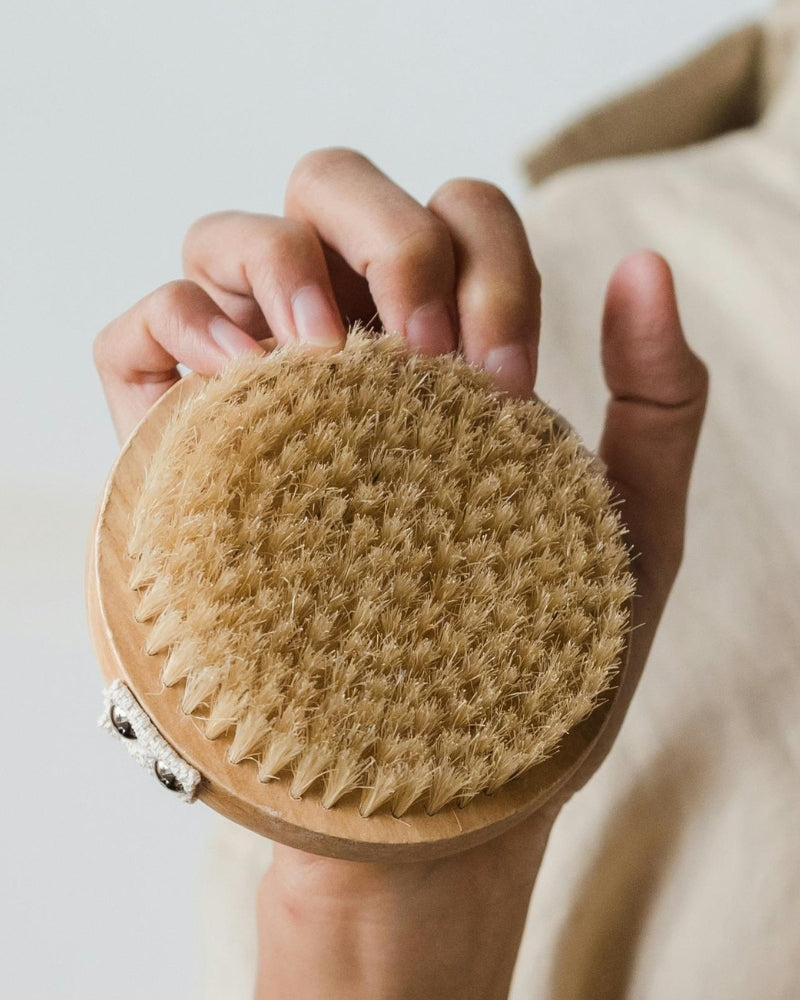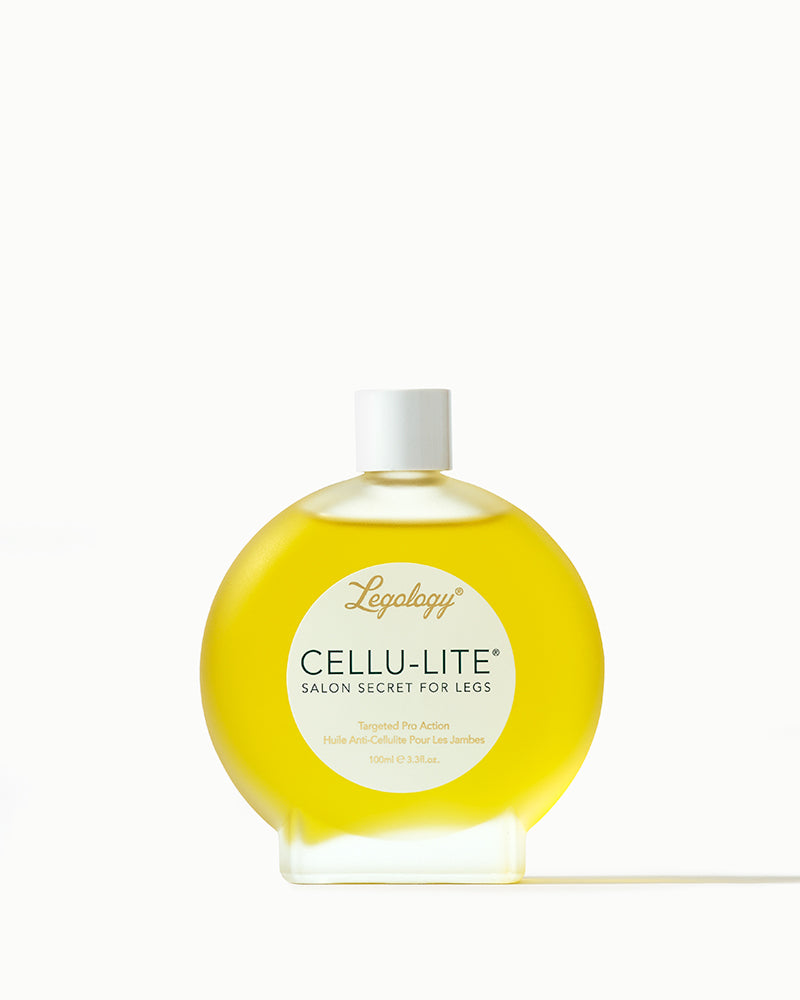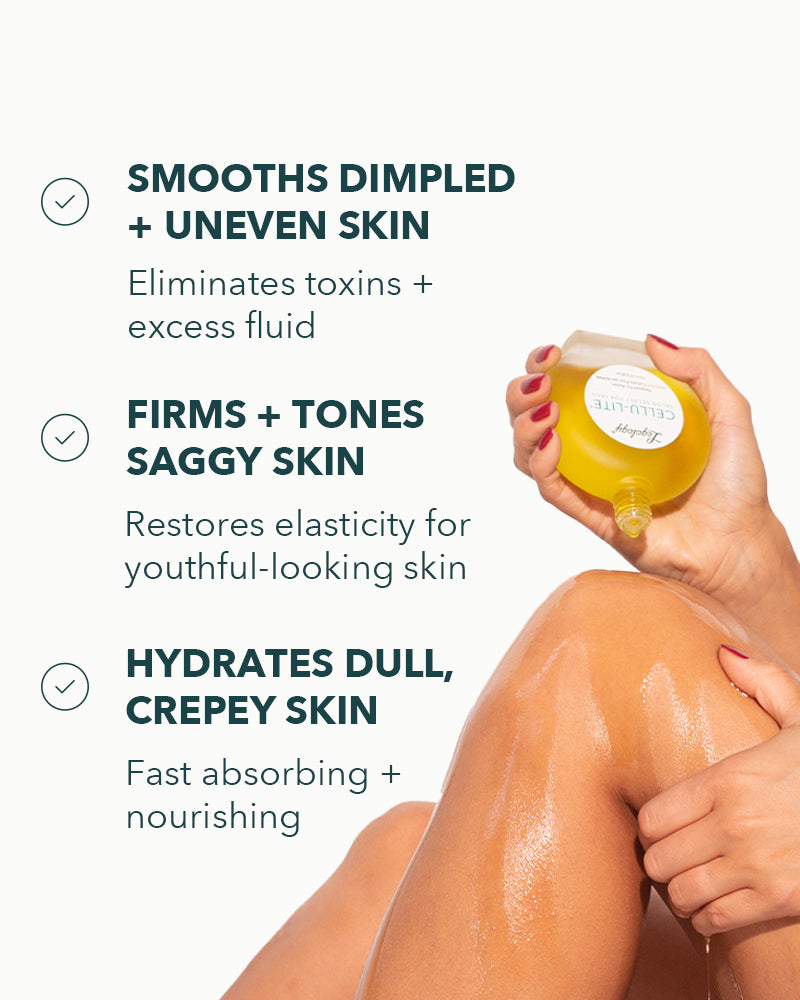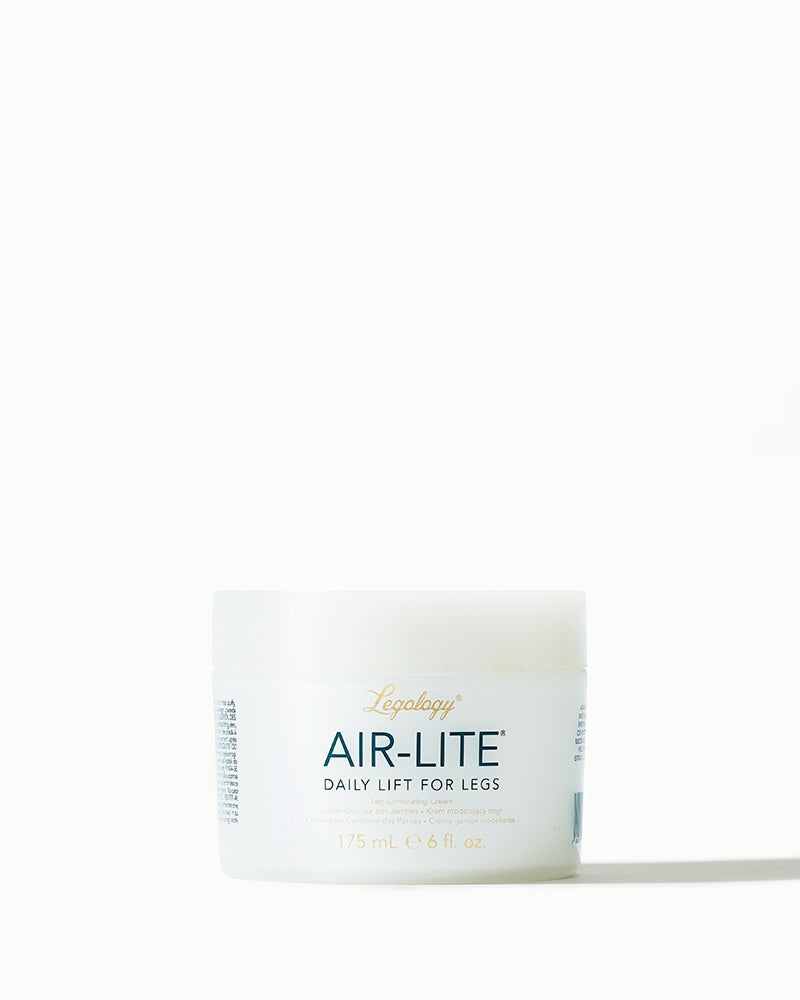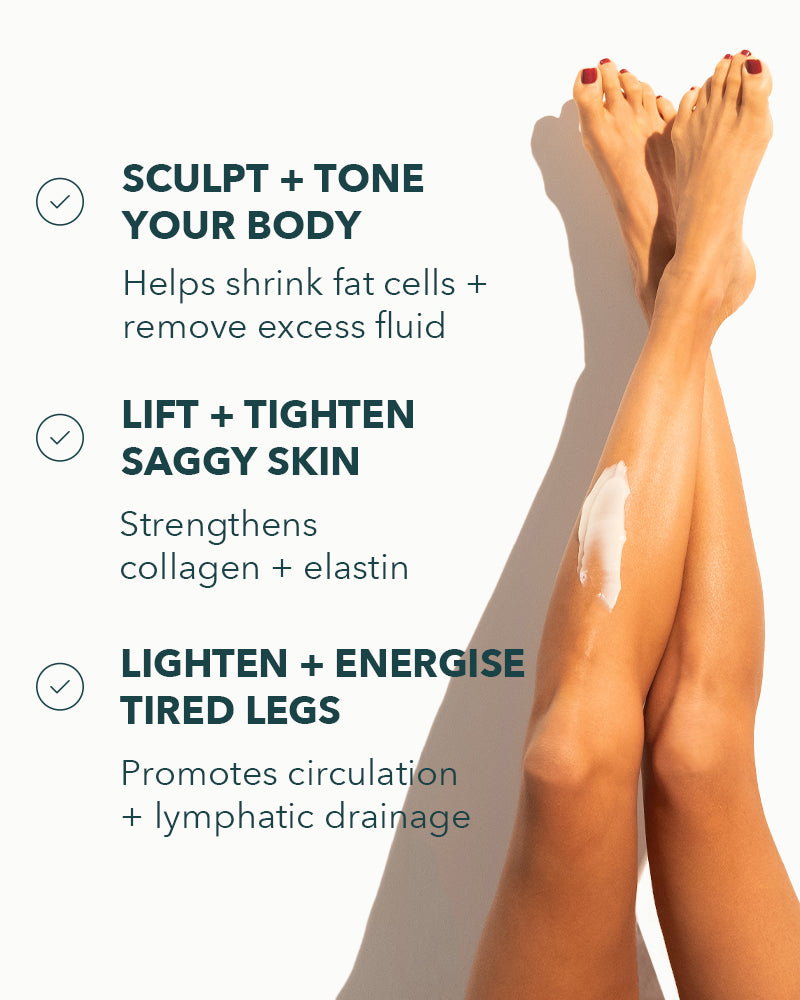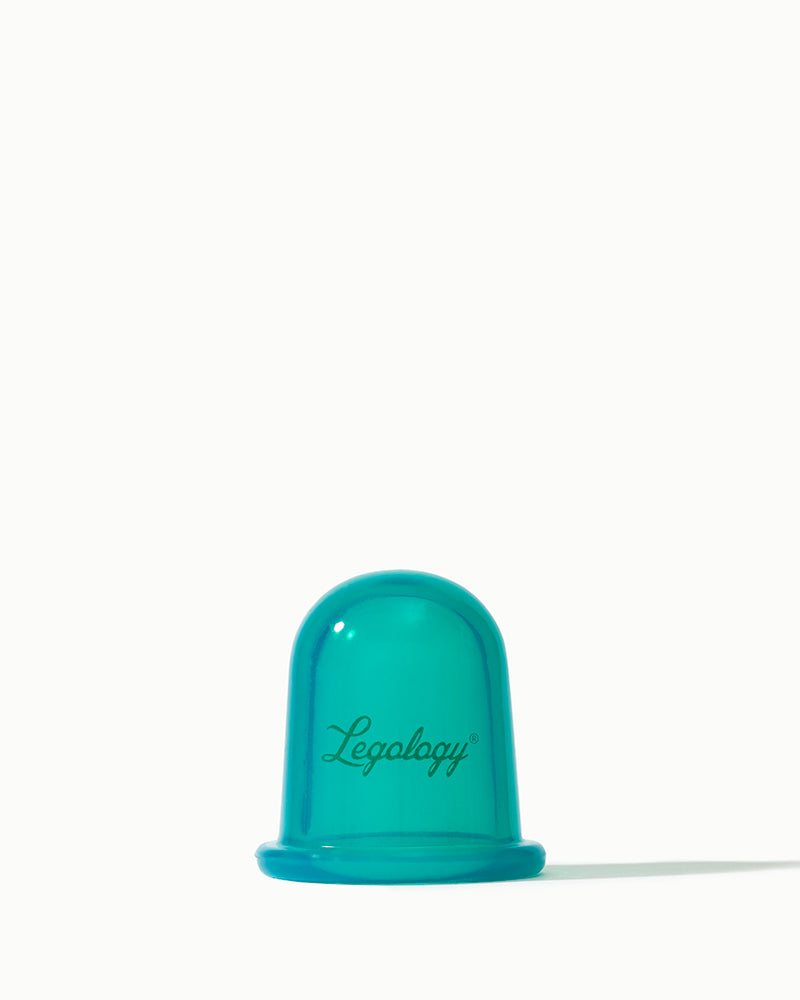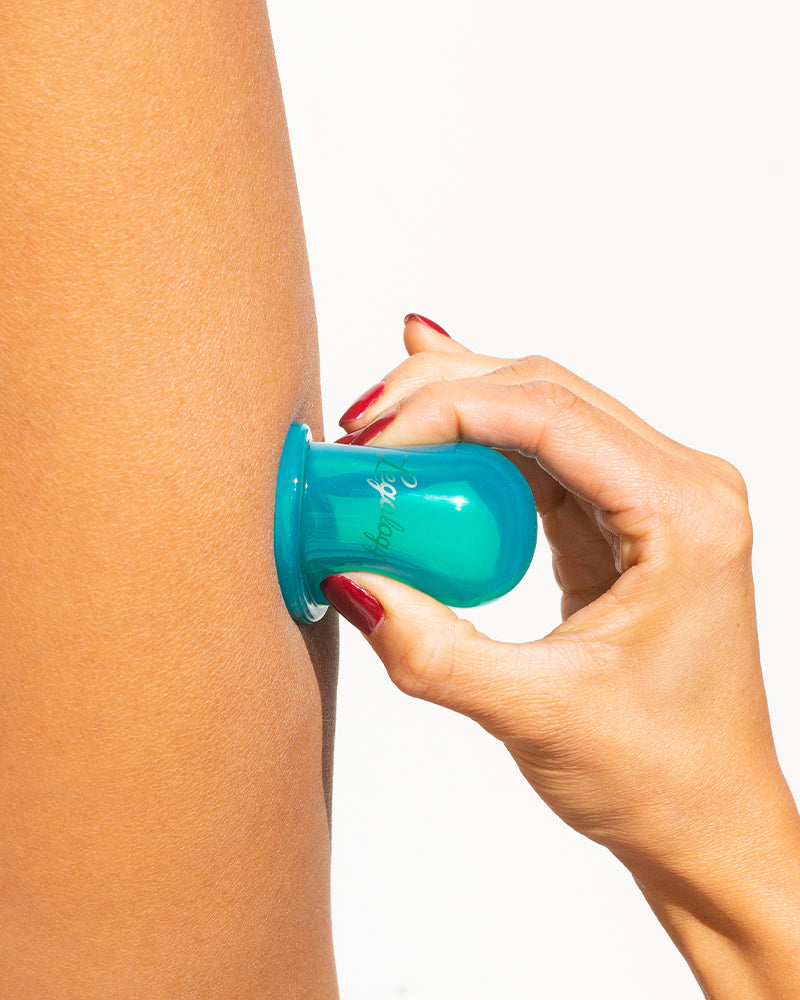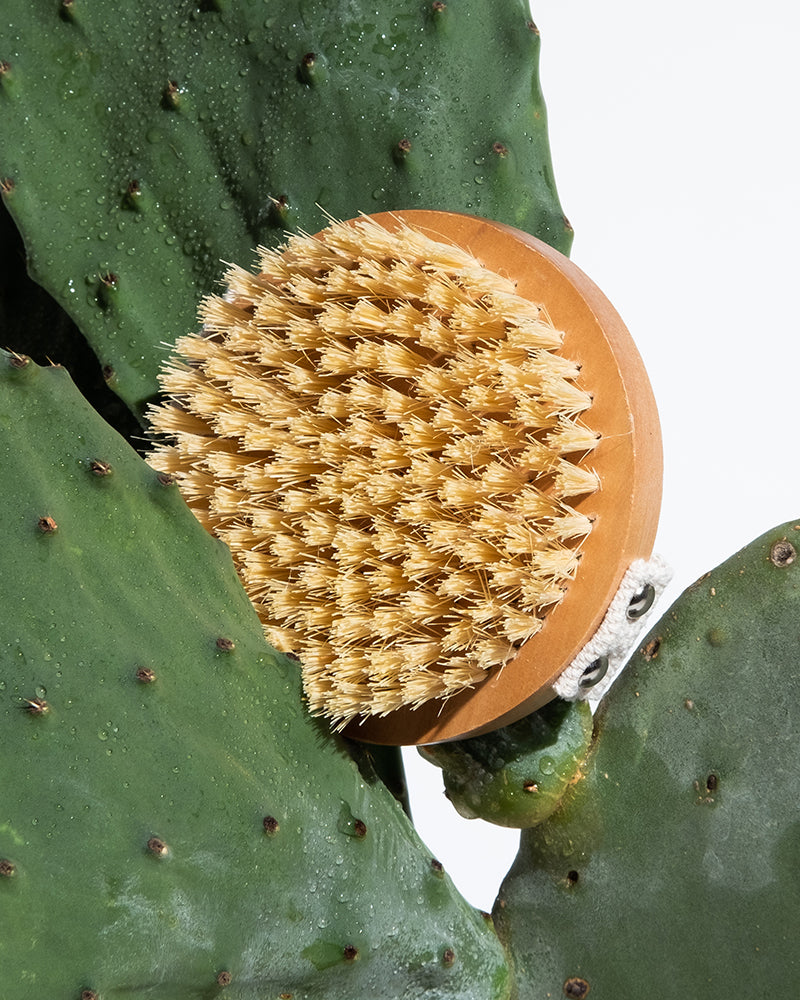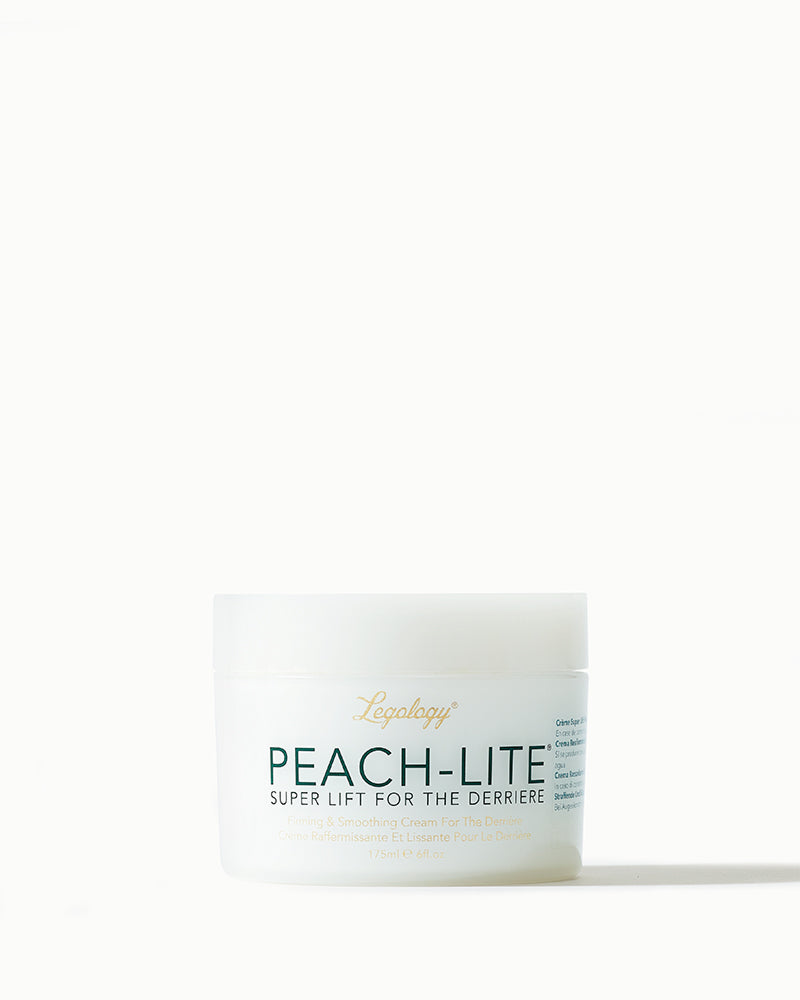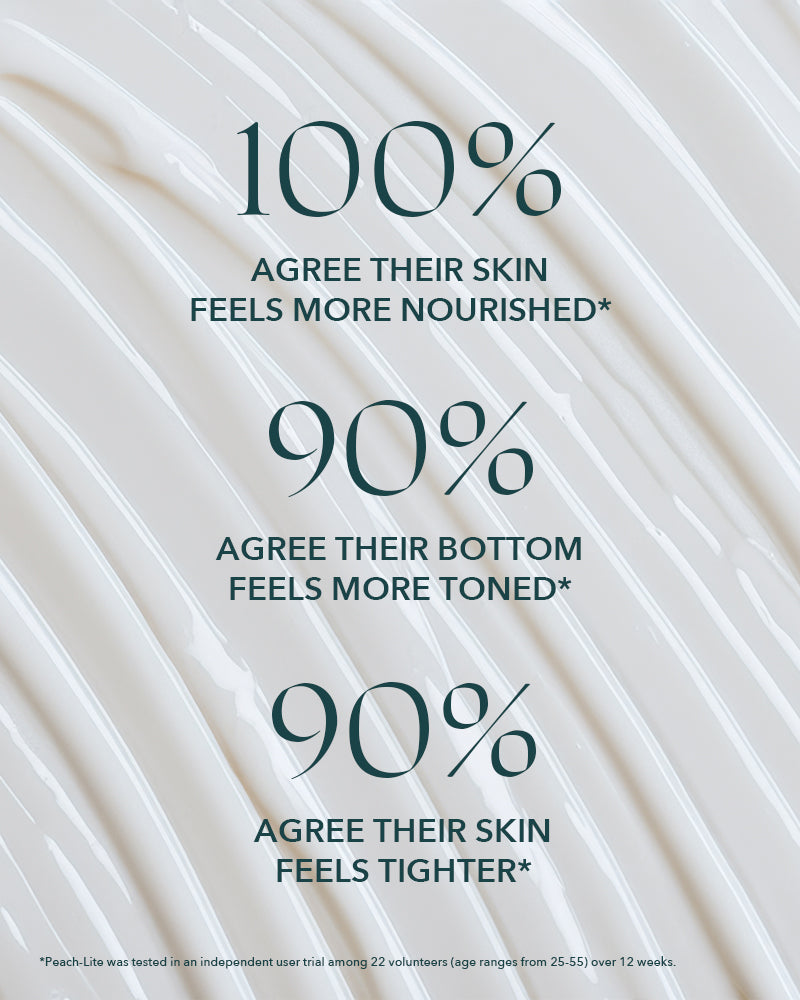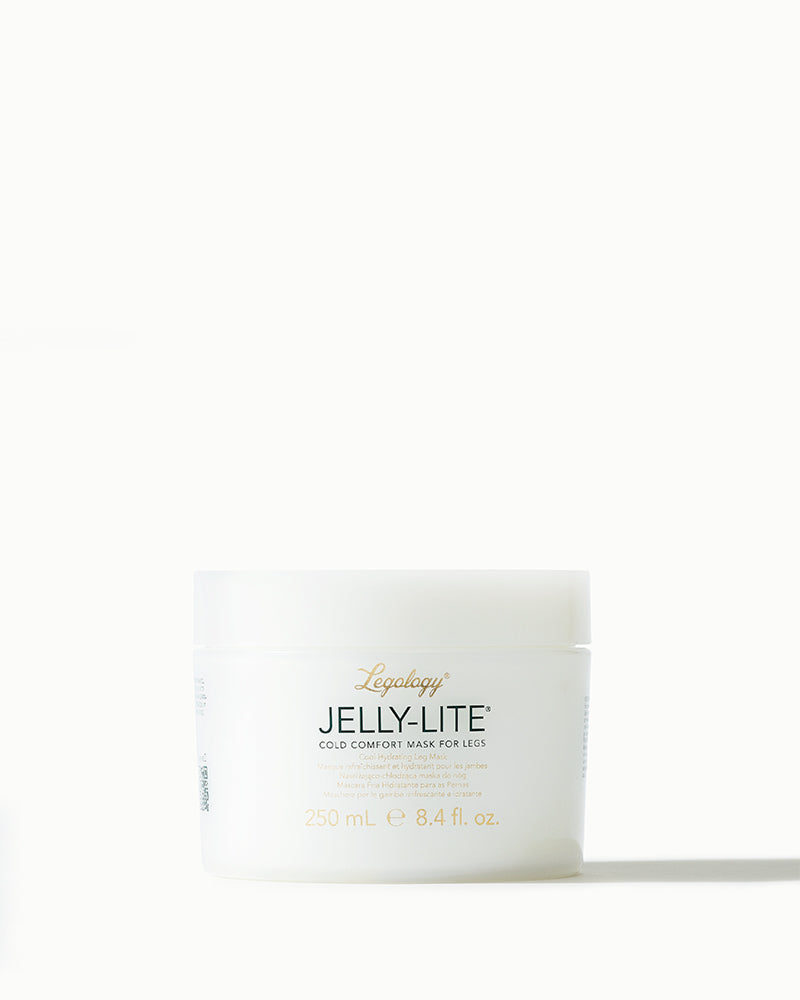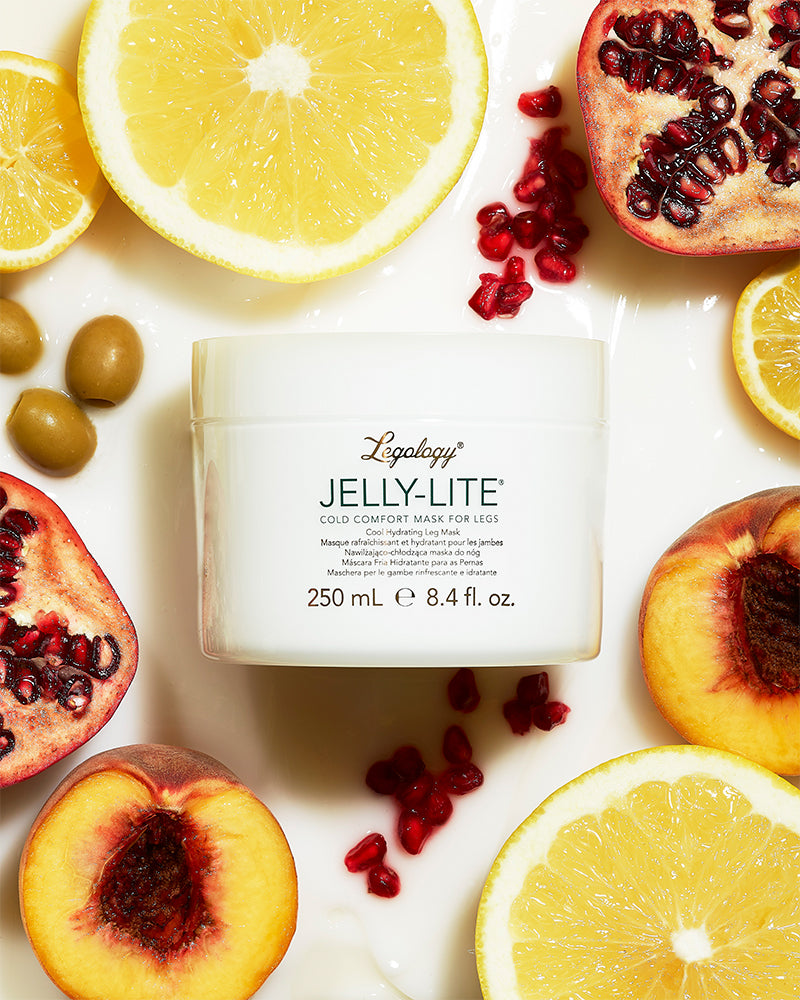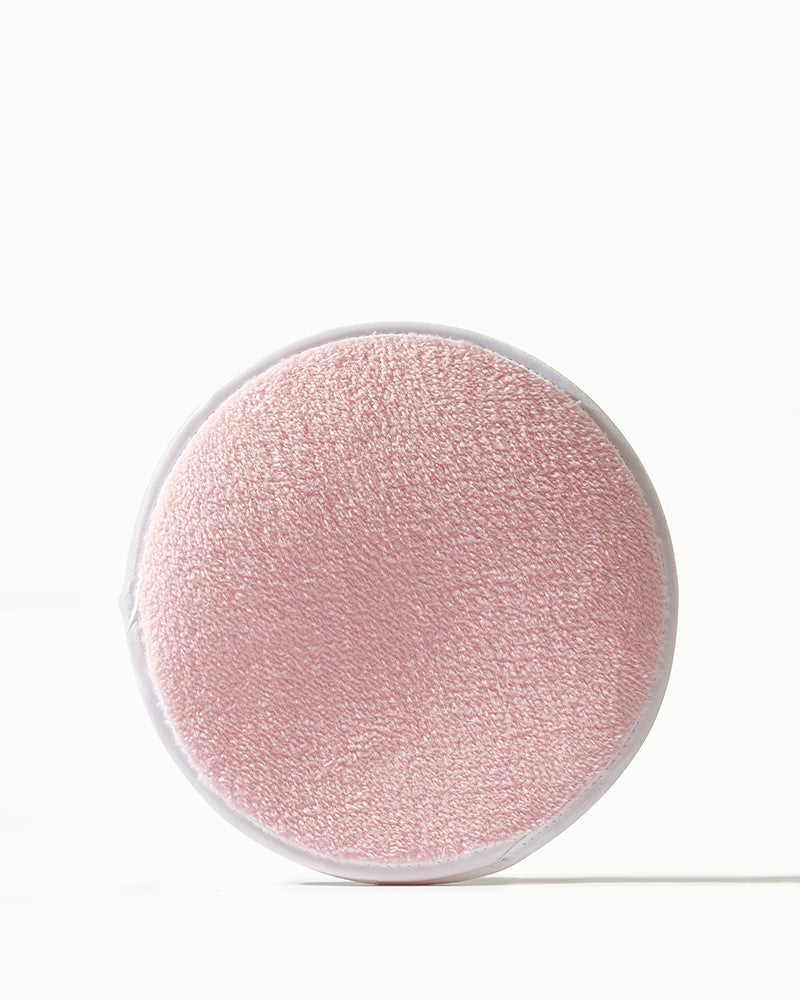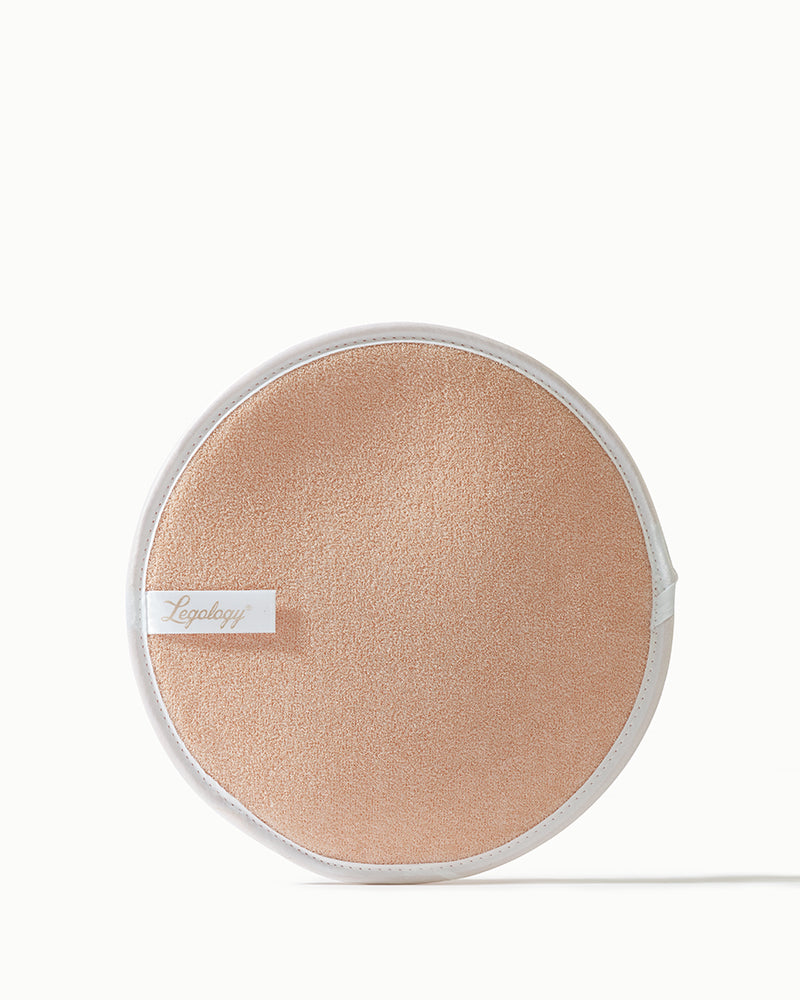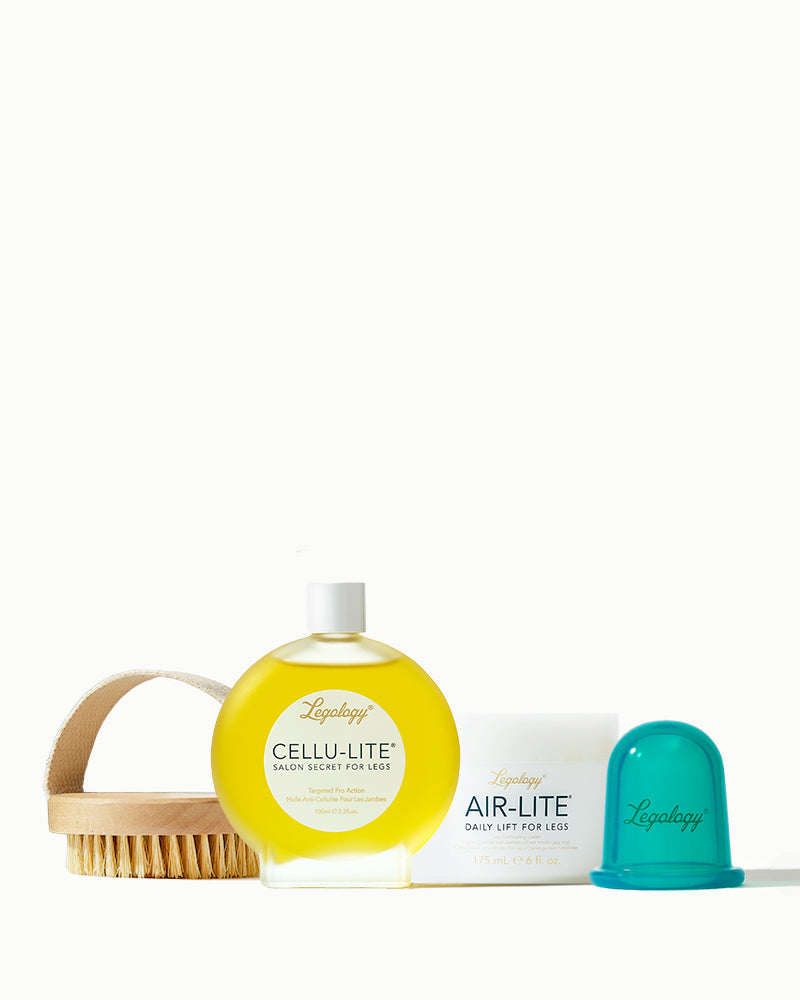Despite the millions spent each year on hair removal products and treatments, many of us are still getting it wrong. From using the wrong formulas for our skin type to relying on underpowered home laser gadgets, depilation is a beauty ritual that’s often misunderstood, misapplied—and mis-marketed. Let's strip back the myths and take a smarter, skin-first look at hair removal.
The biggest mistake: using the wrong method for the wrong hair & skin
Not all body hair is created equal—your underarms, legs, bikini line and face all have different hair textures, growth cycles, and sensitivity levels. Yet many still reach for the same razor or cream across the board. Where you could be going wrong:
- Using harsh depilatory creams on delicate bikini areas
- Shaving coarse leg hair, causing irritation and ingrowns
- Trying to IPL fine peach fuzz, which doesn't respond well to light-based devices
Tip: Tailor your method to the hair type. Coarse hair may respond better to waxing or laser; finer hair may be best tackled with threading, dermaplaning, or tweezing.
The truth about home laser devices
Those sleek, Instagram-worthy home-use IPL devices might promise salon-level results—but dermatologists remain skeptical. Here's why they often don't work the way you hope:
- Low power output: Home lasers use lower energy than professional machines—often too weak to permanently destroy follicles.
- Inconsistent use: Real results require strict, consistent treatment cycles.
- Wrong match: Many devices still struggle with darker skin tones or very light hair.
Bottom line: They may reduce growth temporarily—but don’t expect permanent results.

Does hair grow back thicker and faster?
A widespread myth claims that shaving or depilating incorrectly can make hair grow back coarser or darker. Here's the truth:
- Shaving blunts the hair tip, making it feel stubbly—not thicker.
- Depilating doesn’t change the root or hormone cycle.
- The illusion of faster growth usually comes from regrowth being more noticeable after a clean shave.
However, aggressive methods like over-shaving or frequent waxing can irritate the skin, leading to ingrowns, inflammation, or patchy regrowth.
Do clinic laser treatments actually work?
Yes—but they don’t always mean permanent removal. Professional lasers target the pigment in the hair follicle, damaging it enough to slow or stop future growth. Why does hair sometimes grow back?
- Hair grows in cycles; lasers only target follicles in the active (anagen) phase.
- Some follicles recover over time, especially if hormone levels change (pregnancy, PCOS).
- Maintenance sessions are often needed—commonly once or twice a year.
Do lasers work on dark skin?
Historically, lasers struggled to differentiate between dark skin and dark hair, risking burns or poor results. Modern tech (for example, Nd:YAG devices) has improved options for darker skin tones, but success depends on:
- Experienced technicians who understand melanin sensitivity
- Choosing the correct laser type (e.g., Nd:YAG for Fitzpatrick IV–VI)
- Dedicated post-treatment skincare to reduce hyperpigmentation risk

Are women still shaving their underarms?
Yes—but not exclusively. While shaving remains popular for speed and ease, many women are switching to sugaring, waxing, or even embracing natural growth.
Underarm hair removal trends:
- More conscious choice rather than societal pressure
- Eco-friendly and skin-kind methods are on the rise
- IPL and laser are gaining popularity for longer-term results
Why do women have less body hair than men? Is it hormones?
Absolutely—androgens (like testosterone) shape hair growth patterns. Men typically have higher androgen levels, resulting in thicker, coarser body hair. Hormone imbalances—like PCOS—can cause excessive hair growth in women, which is why some women experience stubborn facial or body hair despite regular depilation.
The best methods for long-lasting, smooth results
So what actually works if you want smooth—and stay that way longer?
1. For long-term results
- Professional laser hair removal: Best balance of safety, science, and long-term savings. Choose clinics using FDA-approved devices suited to your skin tone.
- Electrolysis: The only truly permanent method (but time-consuming).
2. For weekly maintenance
- Waxing or sugaring: Removes hair from the root; results last 2–4 weeks.
- Epilators or razor stones: Less messy than waxing, but can be painful for some.
3. For sensitive skin
- Creams with aloe or chamomile (always patch test first)
- Shaving with a high-quality razor and hydrating gel
- Manual dermaplaning tools (for facial hair only)
- Exfoliate gently 2–3 times per week to prevent ingrowns.
- Moisturise daily—well-hydrated skin reduces irritation and improves product penetration. (Tip: Legology Air-Lite is great for post-shave nourishment.)
- Use post-depilation serums with papaya enzyme, soy extract, or willow bark—these ingredients may help weaken follicles over time.
The bottom line
We’ve been removing hair with a one-size-fits-all mentality—and it’s time to stop. By understanding your unique hair type, skin tone, and hormonal influences and choosing the right method accordingly, you’ll not only get smoother results but healthier skin too.




